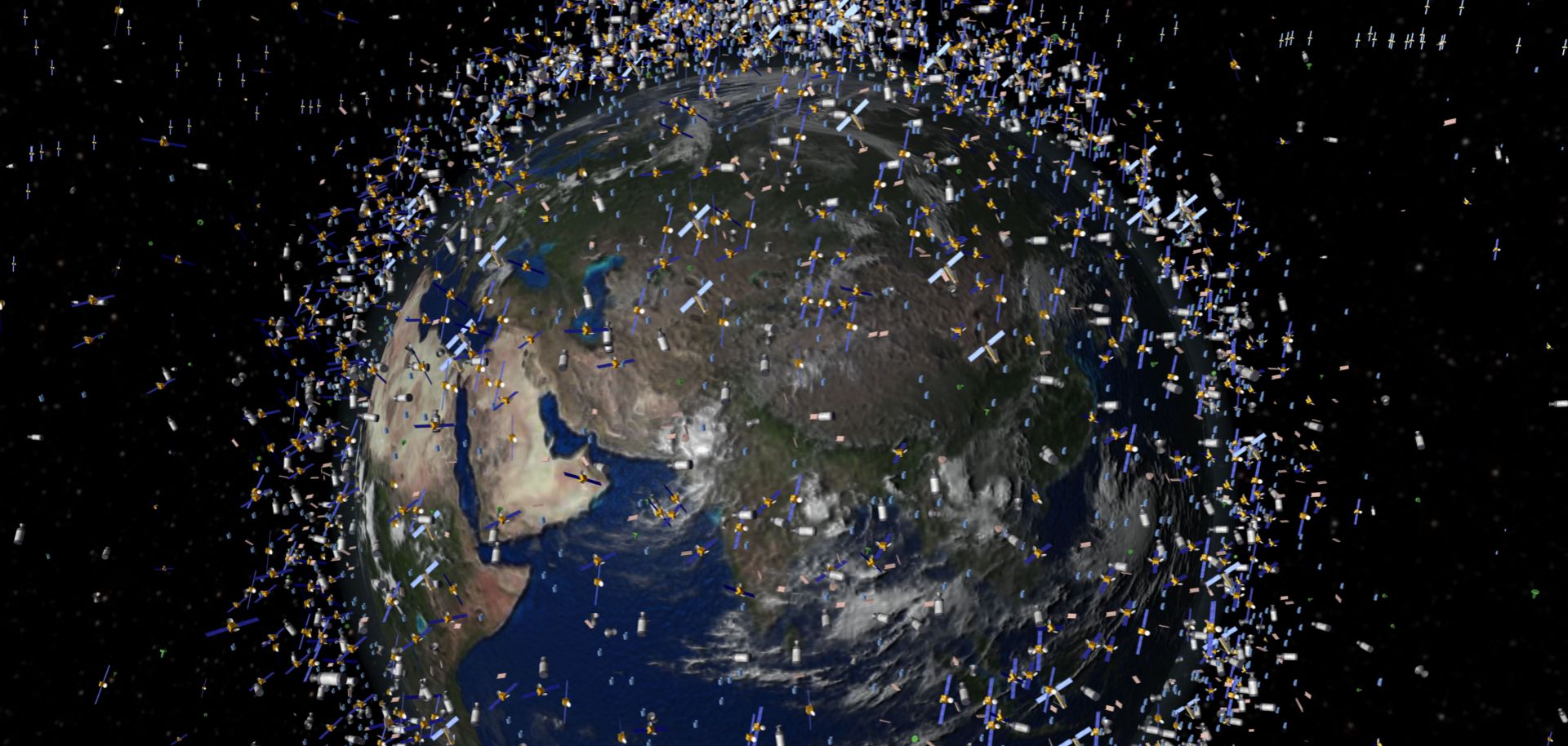The rising great power competition will stymie global cooperation in removing the growing amount of debris hovering just above the Earth, exacerbating physical risks to spacecraft and operational satellites in low earth orbit (LEO). On Aug. 22, the European Space Agency (ESA) reported that a piece of space debris it was monitoring had been hit by another piece of debris, splintering a payload adapter named VESPA (which was, ironically, the intended target of the cleanup mission) and had been left in orbit after a launch from a European Vega rocket in 2013. The incident is the latest example of the risks posed by an increasingly crowded environment in LEO, the orbital area at an altitude of roughly between 160 to 2,000 km above the Earth's surface. In LEO, there are active and defunct satellites, the former of which provide a variety of services, ranging from communications, earth monitoring and military...

